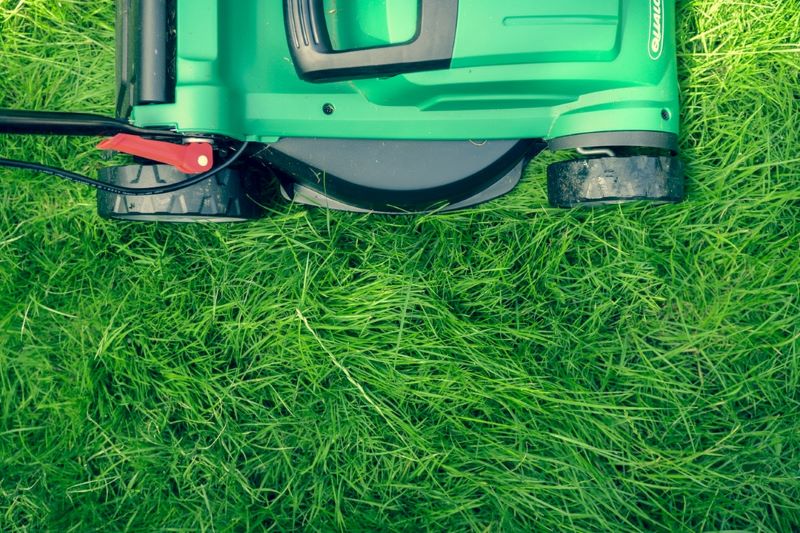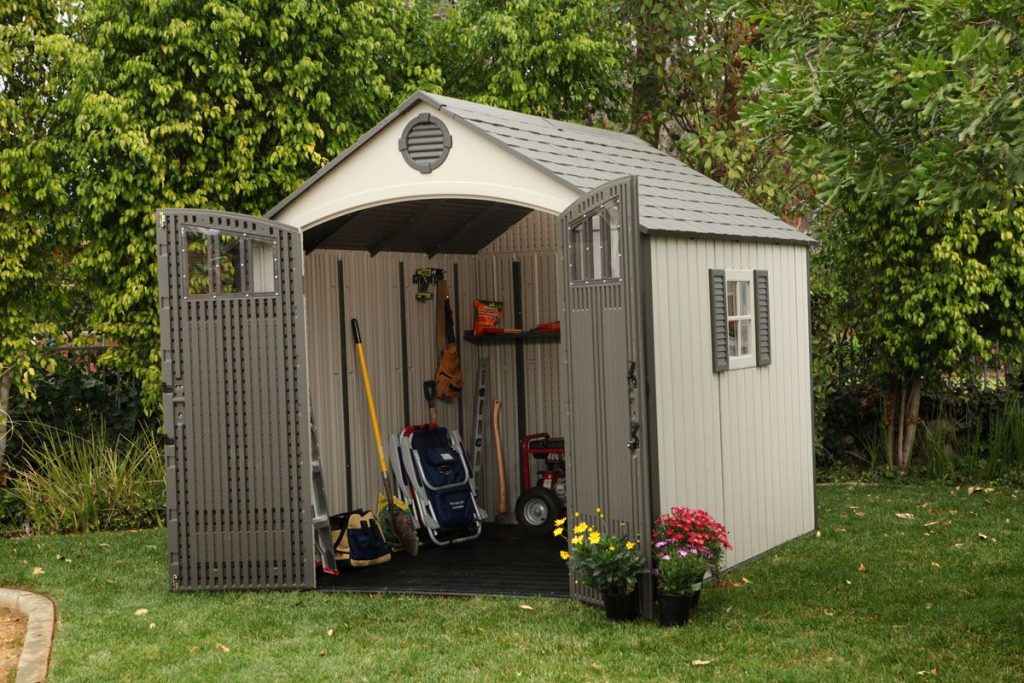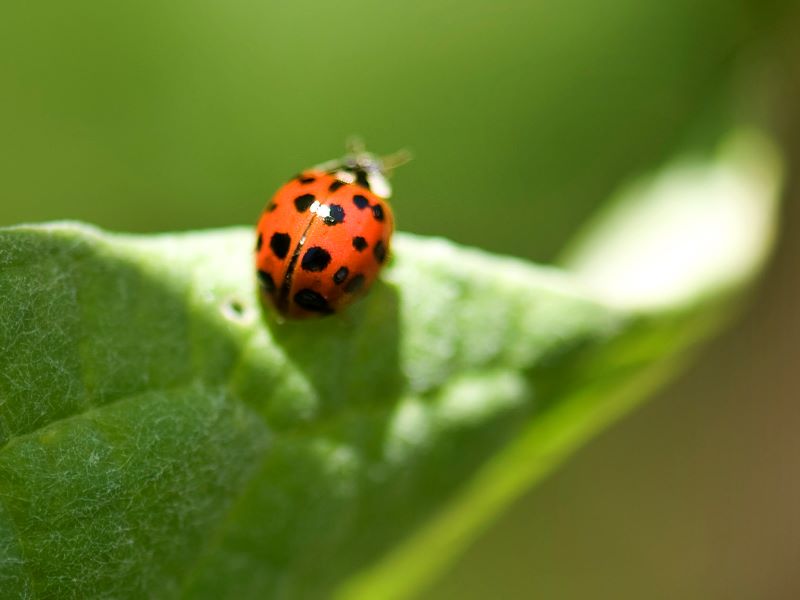Table of Contents
With summer rolling in, we’re all daydreaming about long afternoons spent by the pool, grilling out, and playing outside. These fantasies always seem to take place on lush, green lawns that thrive in the verdant heat of summer. So what do you do if your grass is looking more brown than green this summer?
There are several things you can do to make sure your lawn is at its best this summer. They take some time and care, but the summer photos and memories will be more than worth it. Read on to learn how to manage your summer lawn care this year.
Aerate Your Lawn
One of the best things you can do to help your lawn grow green and strong is to aerate it. This is a process where you puncture small holes in your lawn, either with a spike or with a tool that pulls little plugs of grass out of the lawn. It may seem like poking holes in your beautiful lawn wouldn’t be a good thing, but aeration has a ton of benefits.
For one thing, aeration helps ensure your grass roots have plenty of needed oxygen. It also helps reduce thatch, a buildup of dead grass and leaves that can clog up your lawn. In general, it’s a good idea to aerate once a year, around the same time you’re putting down fertilizer.
Change Your Mowing Pattern
This may sound strange, but changing up your mowing pattern can help your lawn grow stronger. Most of us fall into the same pattern every time we mow, and it’s easy to understand why. But doing so can wear ruts in your lawn and lead to unhealthy grass.
Mowing in the same direction each time can bend blades of grass over in one direction. This means they don’t get cut as evenly, and it can lead to a too-long, clumpy lawn. Switching things up keeps your grass “combed” evenly, ensuring that every blade is the same height and your lawn is healthy.
Fertilize
We all know how important it is to fertilize gardens and flower beds, but we may not always think about fertilizing our lawns. But providing your grass with the proper nutrients can be the difference between a lush, gorgeous lawn and a dry, dead one. In general, it’s best to fertilize your lawn twice a year, in the spring and in the autumn before the grass goes into hibernation for winter.
You want to pick a fertilizer with a good mix of nitrogen, phosphorous, and potassium. Which blend you get depends on your soil and your grass, but these three nutrients will help give your grass everything it needs. Leaving grass clippings on the lawn can also help to return nitrogen to the soil.
Water Deeply
It’s hard to overstate how important it is to make sure your grass gets enough water. Dry grass is dead grass, and the simple act of setting a sprinkler out on your lawn for a few hours every day can improve your lawn tenfold. But you want to make sure you’re watering deeply, not just until the grass is damp.
You want to strike a good balance with your lawn watering. Make sure you water for long enough that the water has time to penetrate the soil and get down into the roots of your grass. But don’t water for so long that the yard becomes waterlogged – that only leads to drainage issues.
Mow to the Right Height
Mowing to the right height can be the trick to keeping a healthy, weed-free lawn. Grass is your best defense against weeds, and keeping it a little bit longer can provide enough shade to the soil that weeds don’t get the sunlight they need when they’re first sprouting. Not only that, but longer grass can help shade the root systems from getting too much sunlight.
In general, you want to set your mowing schedule so that you’re taking off the top third of the blades of grass when you mow. So if you want your grass to be two inches long, mow it when it’s three inches high and remove the top inch. How long your grass needs to be depends on what kind of grass you have.
Control Weeds
Clovers may be pretty, but nobody wants a lawn full of them. Controlling weeds is one of the most important battles in keeping a beautiful lawn. As we’ve mentioned, your most important line of defense in fighting back the weeds is keeping your grass healthy.
Mowing your grass to the right height can help keep weeds from ever getting a start in life. You can also use chemical weed killers that fertilize your lawn while wiping out weeds. If you prefer to keep things chemical-free, corn gluten can stop germination of weeds before they ever sprout.
Manage Drainage
You want to make sure your lawn has enough water, but you don’t want it to get bogged down. Managing drainage issues is one of the most important steps in maintaining a beautiful lawn. Low spots in your yard that flood when it rains can turn into unsightly dead patches of grass.
Try to fill in any low spots with mulch or dirt to keep them from flooding when it rains. Make sure none of the gutters around your house are leaking; constant water flow off a roof can lead to flooded lines around your entire house. It may be a good idea to employ someone like this landscaping company to help you manage your drainage systems.
Learn More About Summer Lawn Care
Having a beautiful lawn takes some work, but it’s not impossible. Give your grass the nutrients it needs, mow on a proper schedule, and manage your water distribution properly, and you’ll have a gorgeous lawn all summer long. We promise the work of summer lawn care will be more than worth it.
If you’d like to read more articles like this one, check out the rest of our site at Alternative Mindset. We have articles about nature, gardening, real estate, and more. Check out our articles about home improvement today.








